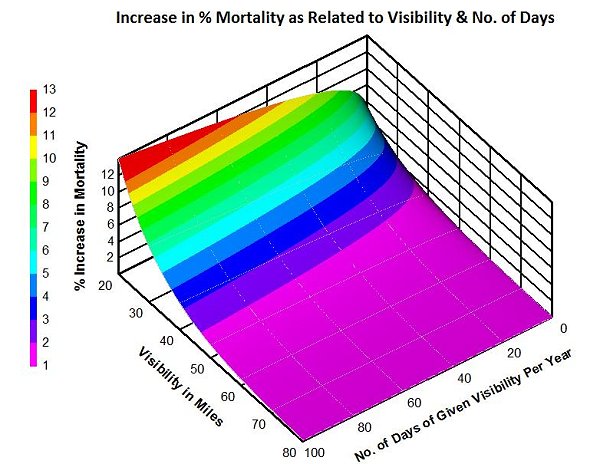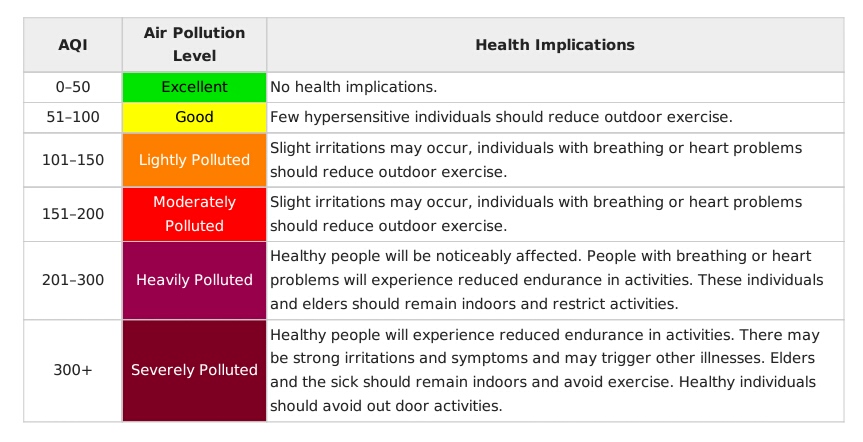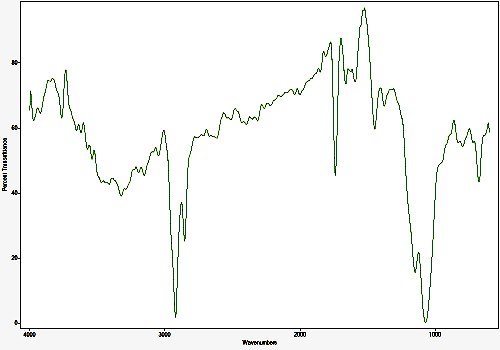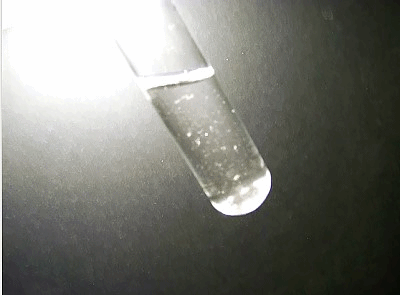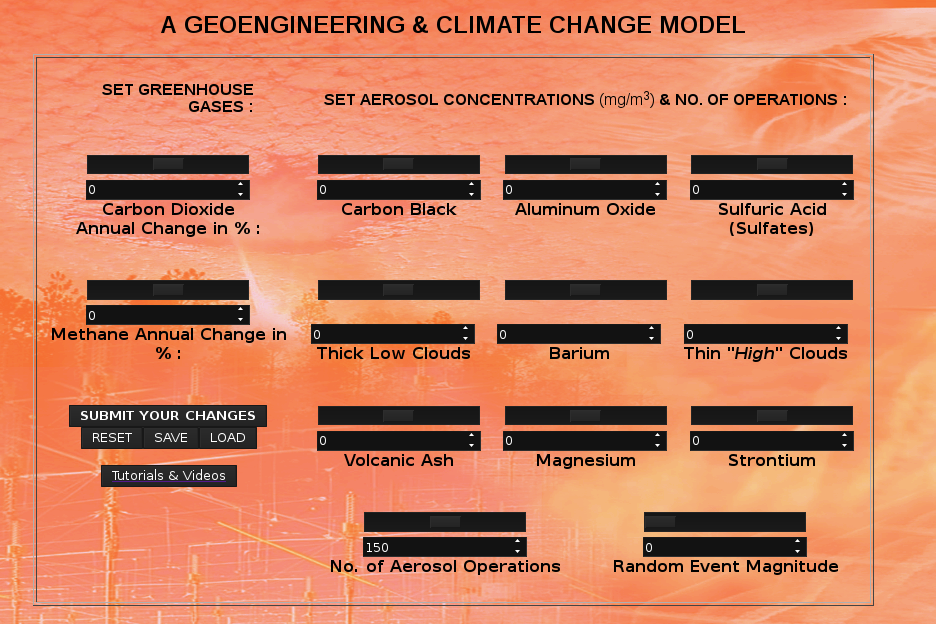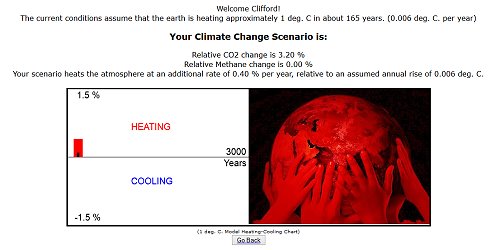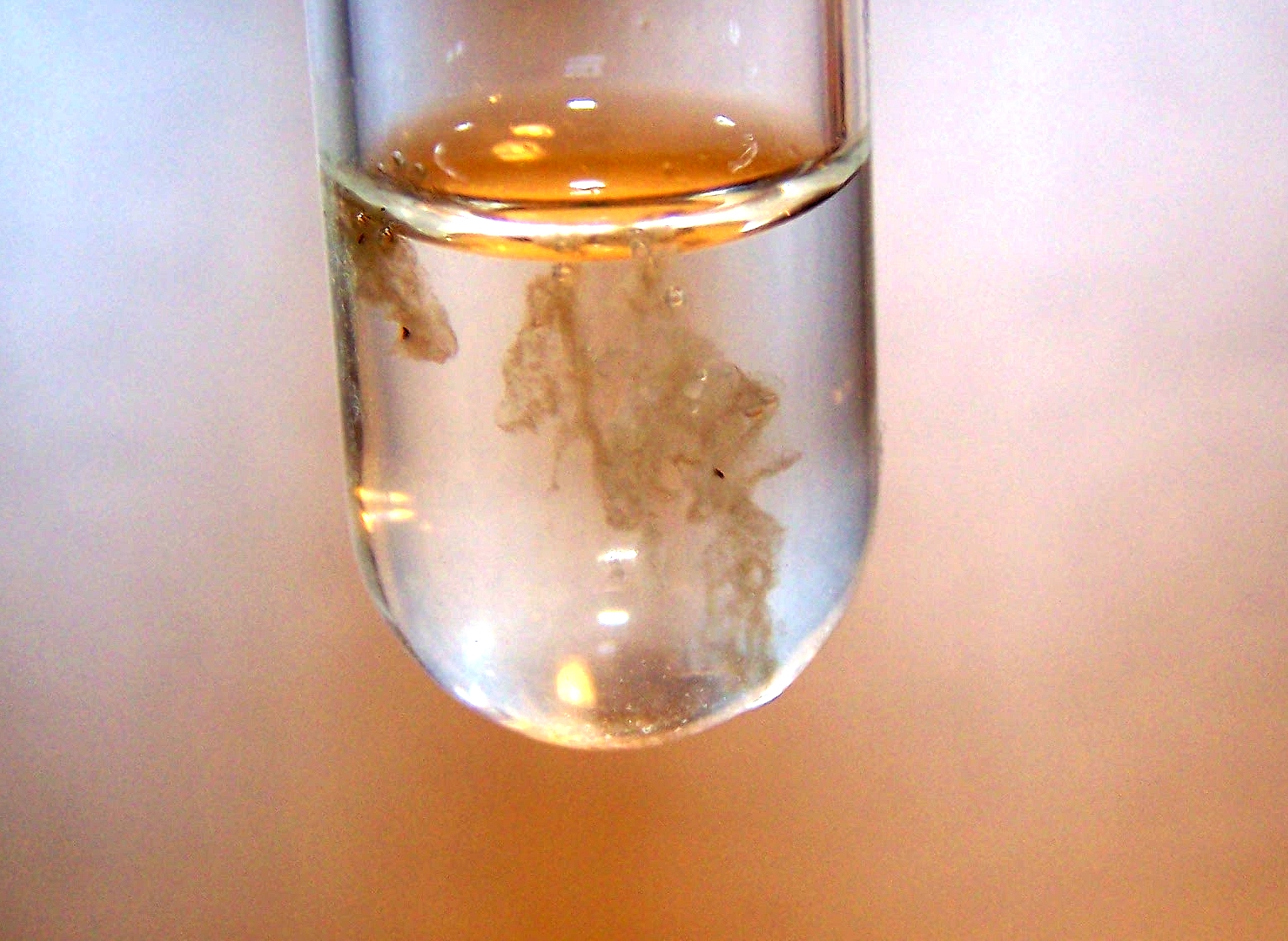
It is generally perceived that the so-called "Morgellons" issue is primarily, if not exclusively, a human actually represents a fundamental change in the state condition. It is not. It will be found that this condition evidence now indicates and demonstrates that there and nature of biology as it is known on this earth. The is, at the heart of the "condition", a new growth form that transcends, as a minimum, the plant and animal boundaries.
